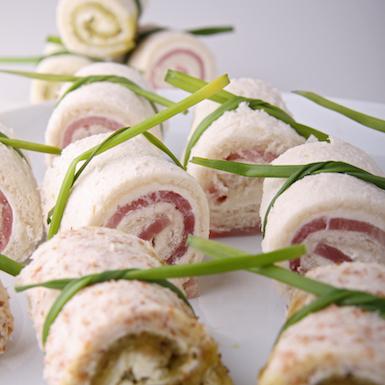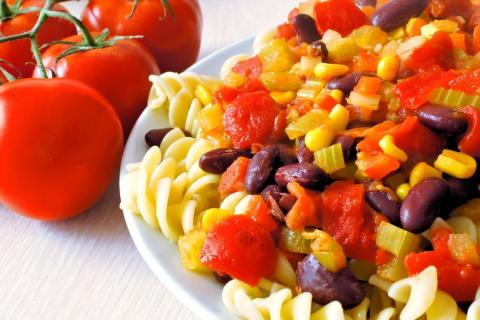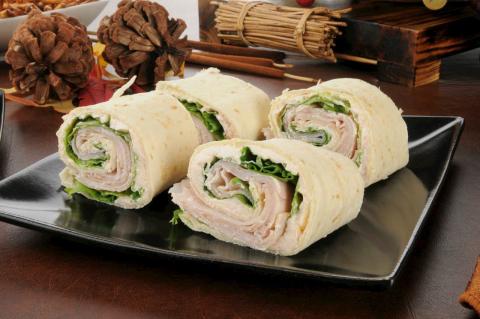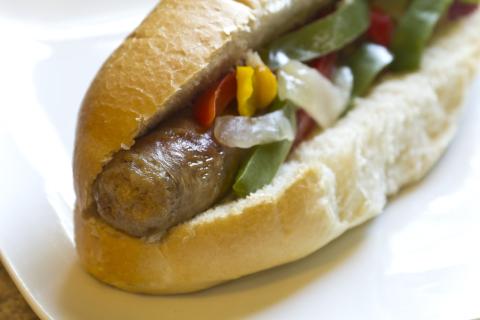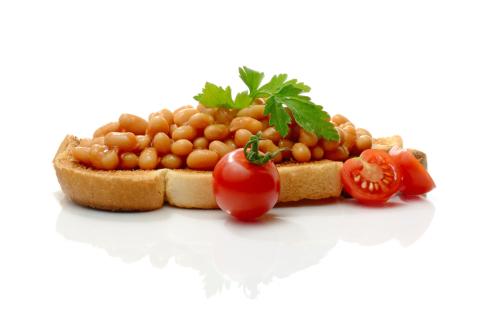- 2 Medium (240g) Haddock Fillets
- 3 Large (600g) Potatoes
- 1 (160g) Leek
- 2 Cups (200g) Frozen Peas
- ½ (4g) Fish or Vegetable Stock Cube (choose reduced salt whenever possible)
- ¼ Pint (150ml) Water
- 1 Pinch Black Pepper
- 20 Tablespoons (200g) Cheddar Cheese (choose reduced fat whenever possible)
Ingredients
Allergy Disclaimer
Always check the label of each ingredient for allergy warnings.
Method
- Preheat the oven to 190°C / 170°C fan oven / 360°F / gas mark 5.
- Peel and slice the potatoes then boil until they soften, approximately 10 minutes.
- Meanwhile cut the fish into cubes and place in an oven proof dish. Wash and remove outer layer of leek and then slice finely. Add this along with the peas and black pepper.
- Dissolve the stock cube in boiling water and then pour over the fish and vegetables.
- Drain potatoes and arrange on top of the fish. Grate cheese and sprinkle on top of the potatoes.
- Bake in the oven for 30 minutes and then increase the heat to 230°C / 210°C fan oven / 450°F / gas mark 7. Serve once browned and crisp.
Cost Saver Tips
Any white fish could be used, such as cod. Look out for offers! Frozen fish is often cheaper (but ensure it's defrosted thoroughly before you use it).
Tips for Kids
Why not take them to a trip to the fishmonger?
Nutritional Information
Based on a single serving of 335g (% of an adult's reference intake)
Energy
314 kcals ( 16 %)
1,324 kJ ( 16 %)
Fat
5.1 g ( 26 %)
Saturates
29.5 g ( %)
Sugar
4.9 g ( 5 %)
Salt
1.4 g ( 23 %)
Detailed nutritional information
| Per 100g | Per 335g serving | |
|---|---|---|
| Energy Kcals | 94 | 314 |
| Energy Kj | 395 | 1,324 |
| Protein | 9.4 g | 31.4 g |
| Total Fat | g | g |
| Saturated Fat | 1.5 g | 5.1 g |
| Carbohydrates | 8.8 g | 29.5 g |
| Total Sugars | 1.5 g | 4.9 g |
| NSP Fibre | 1.7 g | 5.6 g |
| Sodium | 162 mg | 542 mg |
| Salt | 0.4 g | 1.4 g |
Find out about nutritional labelling
Nutrition labels on the front of packaging
- Most of the big supermarkets and many food manufacturers display nutritional information on the front of pre-packed food.
- Front of pack nutrition labels provide information on the number of grams of fat, saturated fat, sugars and salt and the amount of energy (in kJ and kcal) in a serving or portion of a recipe.
- The labels also include information about reference intakes (expressed as a percentage) which are guidelines about the approximate amount of particular nutrients and energy required for a healthy diet.
- The colour coding tells you at a glance if the food has high (red), medium (amber) or low (green) amounts of fat, saturated fat, sugars and salt.
- The more greens on the label, the healthier the choice
- Amber means neither high nor low, so you can eat foods with all or mostly ambers on the label most of the time.
- Reds on the label means the food is high in that nutrient and these are the foods we should cut down on. Try to eat these foods less often and in small amounts.
Food shopping tips
If you’re trying to decide which product to choose, check to see if there's a nutrition label on the front of the pack. This will help you to quickly assess how your choices stack up. You will often find a mixture of red, amber and green colour coding for the nutrients. So when you're choosing between similar products, try to go for more greens and ambers and fewer reds if you want to make a healthier choice.
 Activities & Play
Activities & Play Behaviour
Behaviour Childcare
Childcare Development & Growing Up
Development & Growing Up Family, Friends & Relationships
Family, Friends & Relationships Feeding Your Baby
Feeding Your Baby Food & Eating
Food & Eating Health & Safety
Health & Safety Mental Health & Wellbeing
Mental Health & Wellbeing Money & Work
Money & Work Online Behaviour & Safety
Online Behaviour & Safety Pregnancy & First Days
Pregnancy & First Days School & Education
School & Education Sleep
Sleep


















